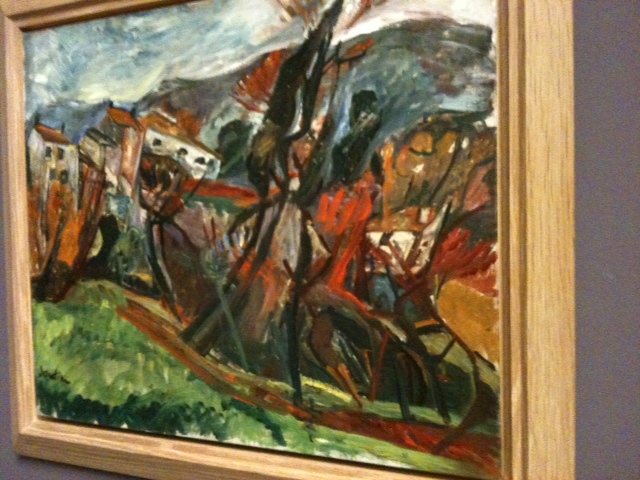
Auguste Renoir, The Boulders at l'Estaque, 1882, Boston Museum of Fine Arts
I couldn't have been more than 10 or 12 when I first heard tales of the Midi, recounted by my fruit-growing father in Kentucky, about his sun-dappled, post-college dreamlife in what he called -- in a single slurred phrase -- thesouthafrance. No one else, neither my teachers nor my dirt-farm school mates had ever seen, smelled, tasted or likely imagined what magic and mystery lay in that single phrase. Some three decades had passed since my father had lived there with his first ill-fated wife, but his remembrance of the sea and the pine needles remained as fresh as the season's first strawberries.
I was more or less the same age when my aunt, who had also once traveled in France long before, began sending me color reproductions of the great impressionist and modernist paintings of the Midi. Monet on his floating mountain peaks. Cezanne in red sandstone. Renoir and his sumptuous bathing ladies? Van Gogh and his harvest nappers? Masson and Duffy on their battling cubes. Picasso and his reclining nudes, floating eyes and lips askew.
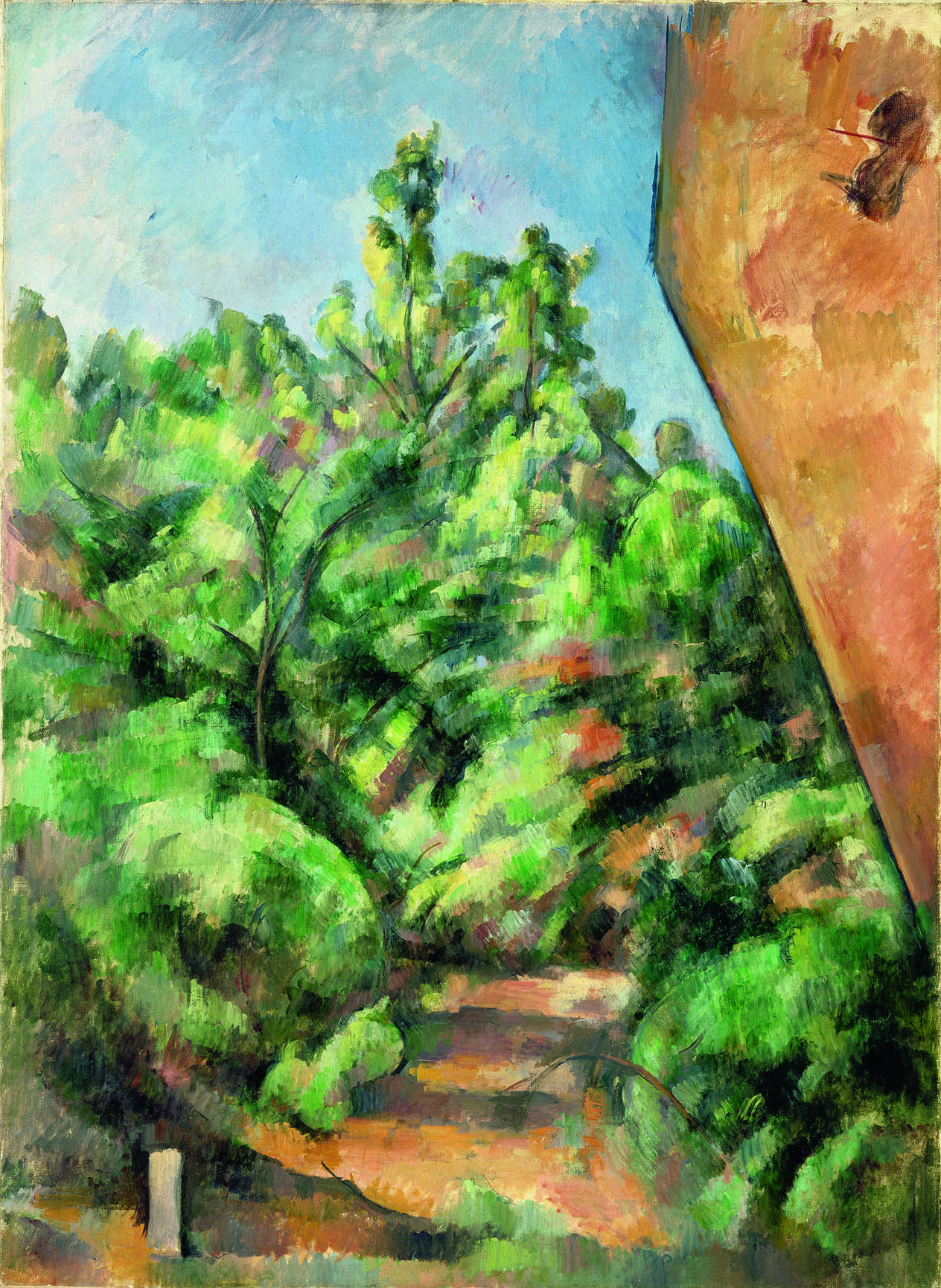
Paul Cezanne, The Red Rock 1895-1900, Orangerie Museum Paris
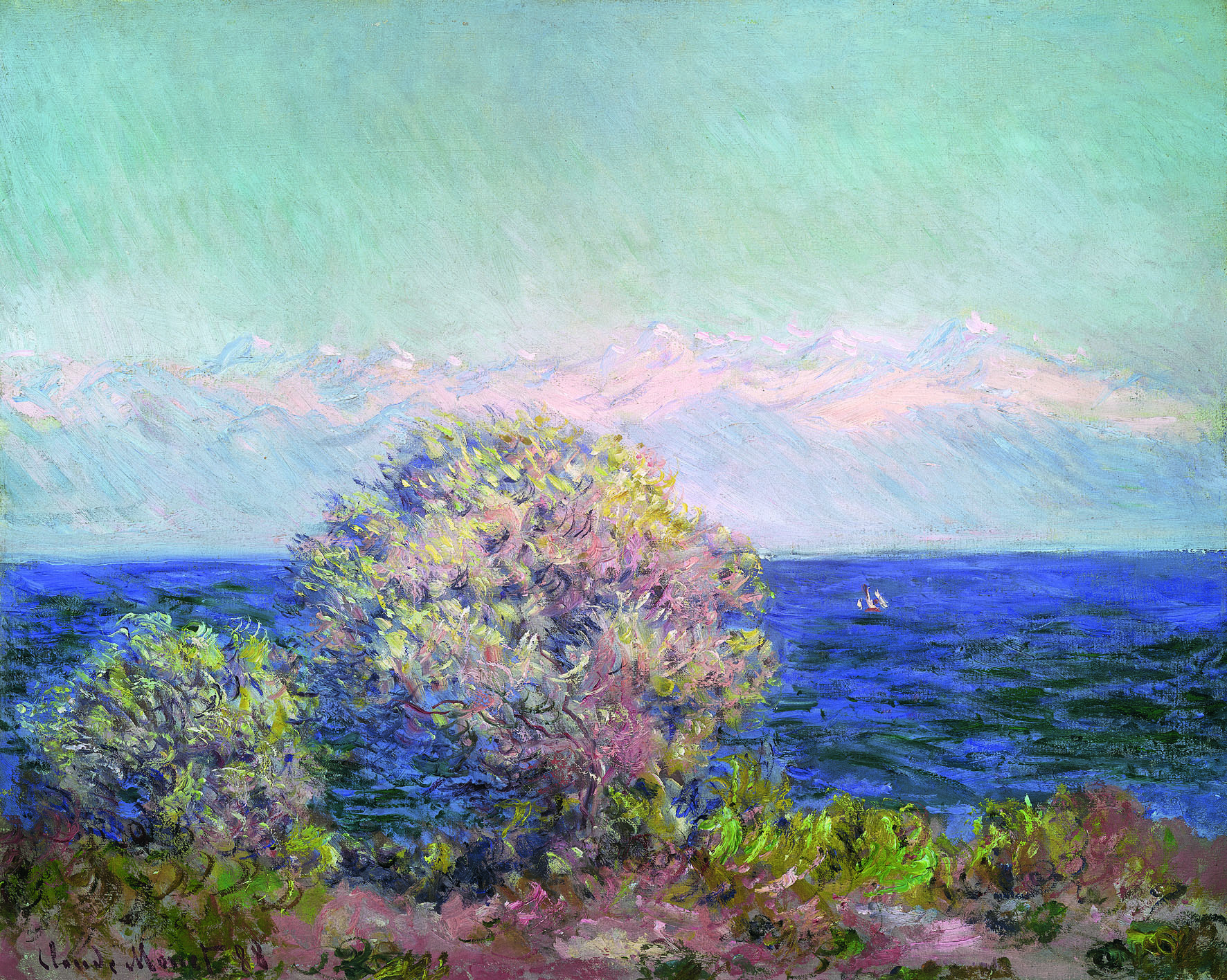
Claude Monet, Cap d'Antibes, Under the Mistral Wind, 1888, Boston Museum of Fine Arts
This summer they and their impressionist-expressionist-surrealist-cubist comrades have all come together across time, sun and shadow, in the most charming of Provençal cities, Aix-en-Provence, at the renovated Musée Granet without the crowds of over-packed bipedal sardines that stuff the largely Parisian mother museums where many of these masterworks normally hang. Anyone once touched by of the art of the Midi can only find the collection irresistible -- yet at the same time deeply disturbing.
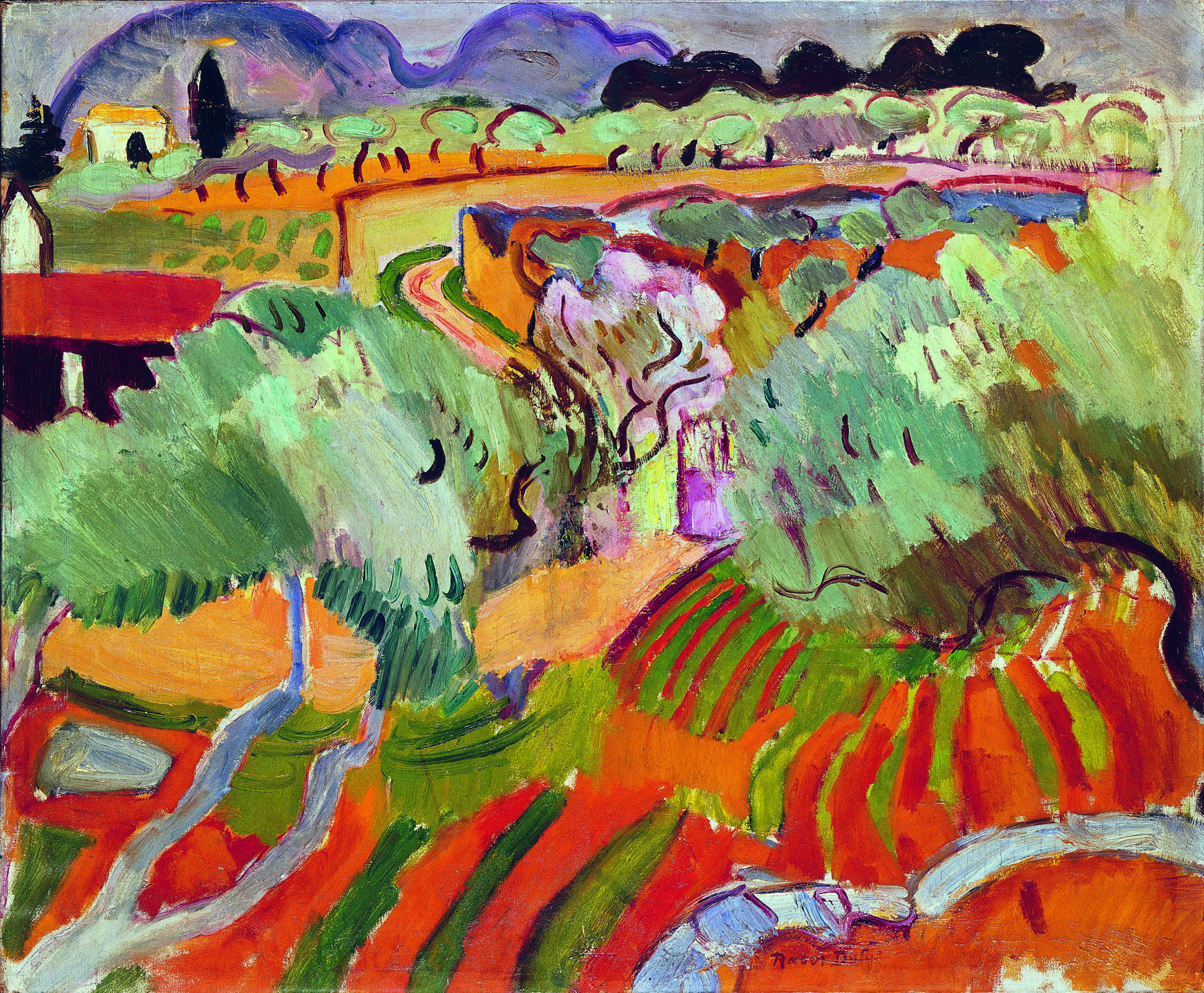
Raoul Dufy, The Provence Landscape, 1905, Paris Museum of Modern Art
Aside from showing beautiful paintings and sculptures, Granet chief curator Bruno Ely takes us into the insides of the eyes and experiences of the artists who first began arriving in the Midi in the mid-19th century aboard that new industrial machine -- the train -- which opened the landscape to people who had never been touched by the blistering light, who had never trod over the roasting rocks or had sought shelter under shimmering needles of the umbrella pines. As common as that all is now to the package tourist, these sights were then unseen by anyone but the ultra-wealthy travelers and the scrabbling farmers and fishermen who turned the doors and windows of their tiny houses northward away from the unbearable sun.
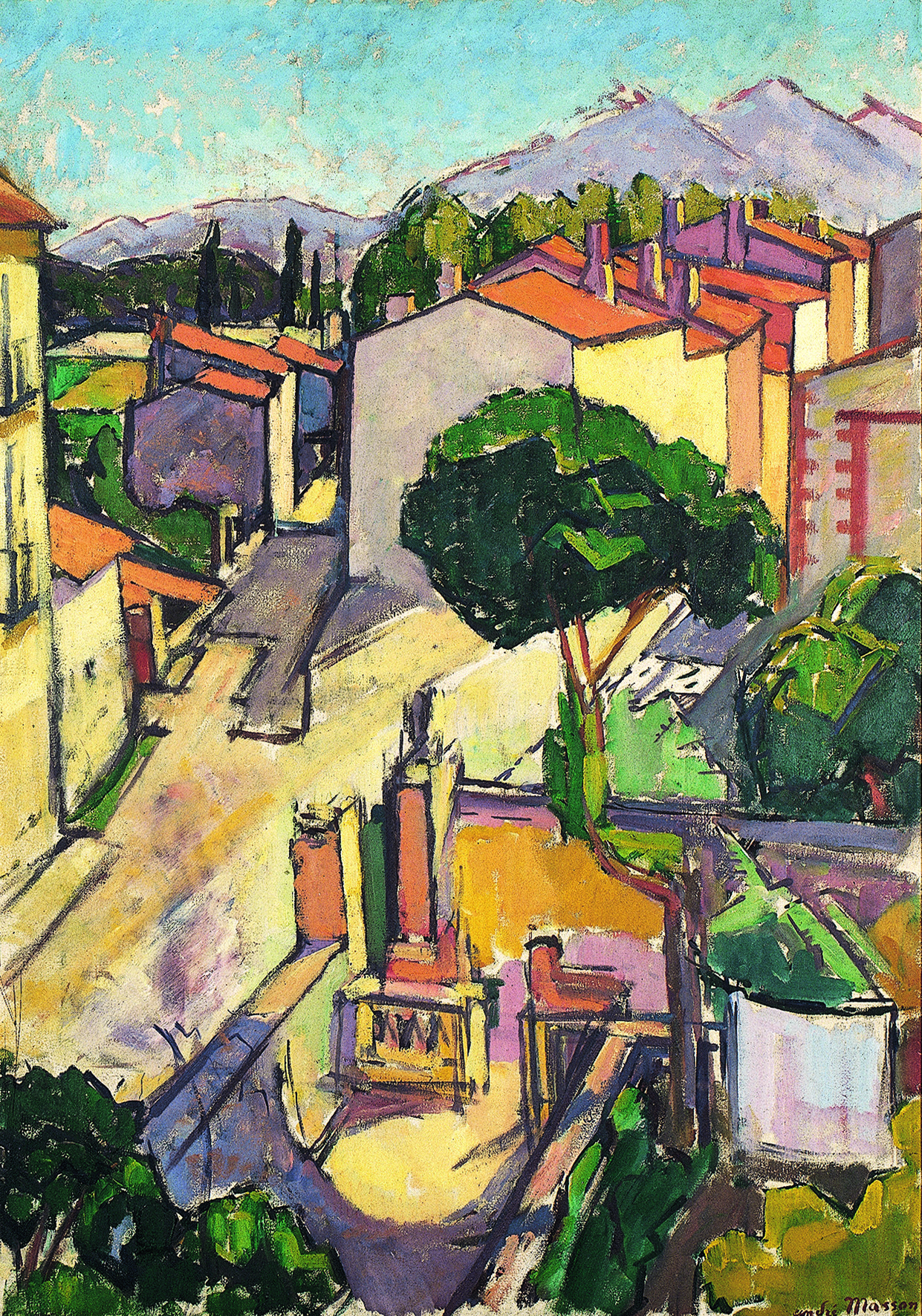
André Masson, Streets in Géret, 1919, Géret Museum of Modern Art
No less than Claude Monet exclaimed upon his first arrival that neither his training nor his palette had prepared him to capture the effect of the Midi on his senses. But word echoed rapidly northward up the rails, turning the whole of Provence into a new kind of collective atelier where the painters communicated by word and brush to express a sensibility followed by radical new painting techniques that until then had not significantly changed since the Renaissance.
For Cezanne geometry fell to a new method of expressing distance through capturing the intensity of color and light.
For Renoir, who declared he had given up painting the body for documenting the skin, a
new kind of corporality emerged.
For Monet stroking colors into a base of thick, moist impasto broke away from centuries of classical technique, breathing light into his encrusted mountains and floating clouds.
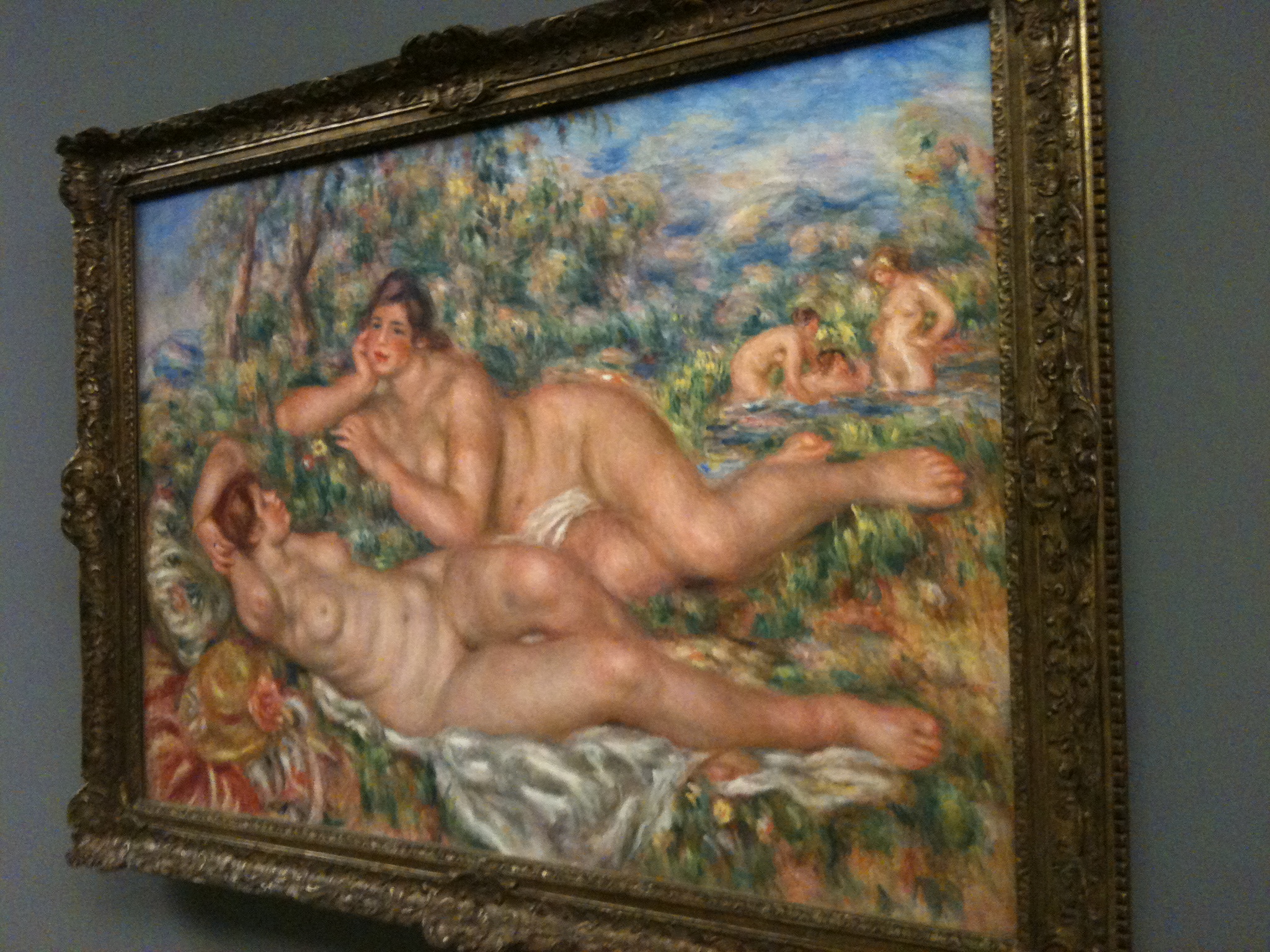
Auguste Renoir, Nude Bathers, 1918-19, Musée d'Orsay, Paris
For Van Gogh the rods and cones of his inner eye obliterated the rules of perspective through bursts of color, setting the all but inevitable route to the cubist battlegrounds of André Masson, Chaim Soutine, even the aged Paul Cezanne whose line figures leaned further toward abstraction. Then came the chaos of war and industrial waste rendered directly and subconsciously Raoul Dufy, Max Beckmann, Albert Marquet and Pablo Picasso.
The mythic force and allure of the Midi could not hold. It was no longer possible for much of any artist to rest altogether bedazzled by the purity of the landscape. Bombs and their craters intensified the cubist chaos. The palette turned dark.
Chaim Soutine, Ceret Cityscape, 1919, Paris Museum of Jewish Art and History
Lavender and bursting grain became displaced by blood and bone. Coherent narratives of an older, grander classical civilization fell apart as hordes of post-WWI travelers flooded in by ship from New York (my father among them) and roaring boom-time ripped and refashioned quaint seaside villages into roulette wheel resorts.
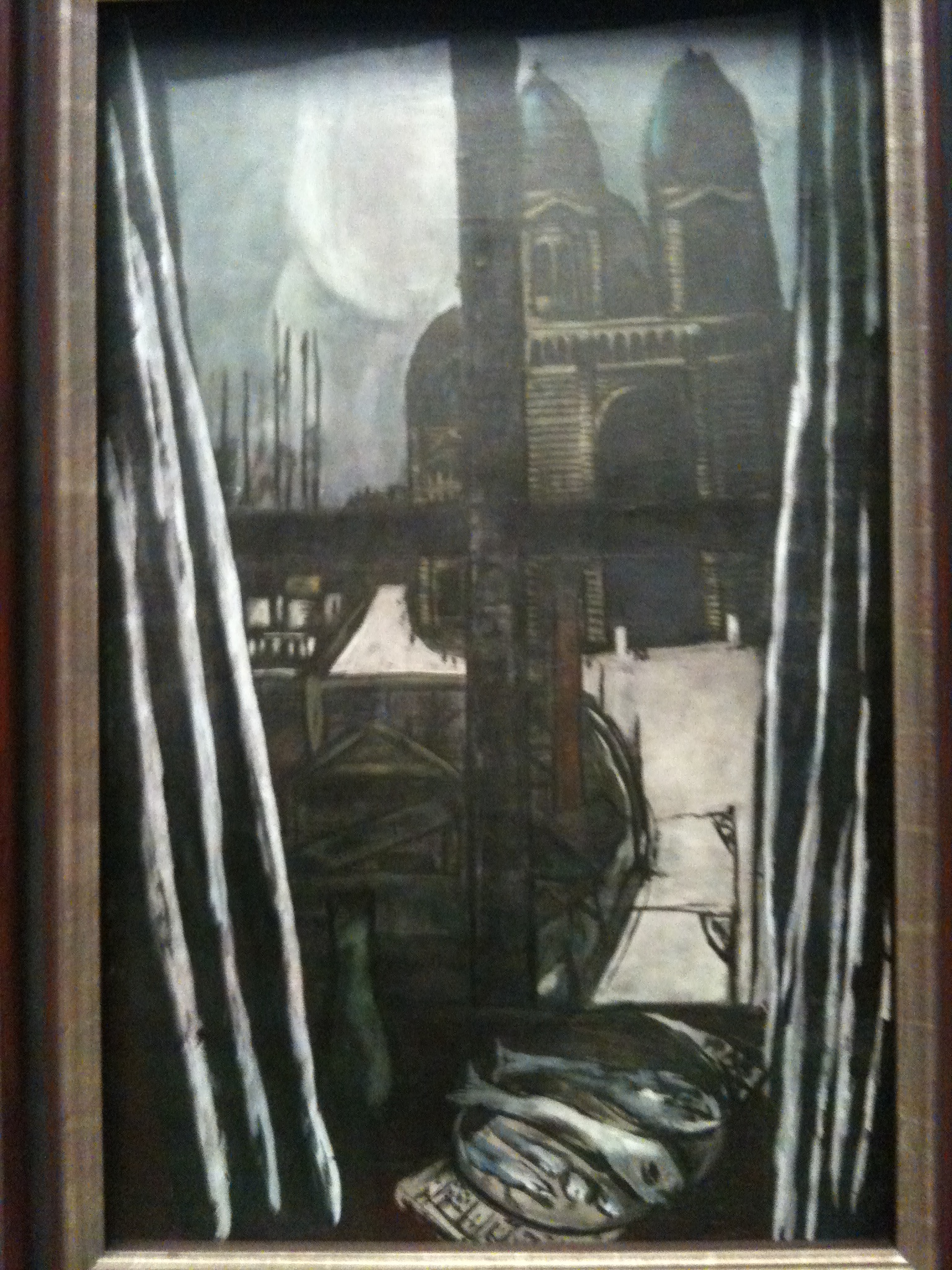
Max Beckmann, Marseille Church 1931, Leopold-Hoesch Museum, Duren, Germany
The artists -- or better yet the very brief notion of the Midi as a collective atelier where a new kind of art would fashion a new idea of life -- went away.
Not that Provence, and particularly the Midi, would lose its light or its pine needles or its bleached out cliffs and purple canyons. But the hopeless notion of this once forgotten lucanae as a refuge on the ancient route of Ulysses by the end of the double wars of the last century--victims of jet planes, ultra high speed trains, film studios and real estate prices to high even for the grandchildren of Cezanne and Monet. You see the warning of its impending if glorious death in Dufy and Masson, still more clearly in Beckmann as he turns away from color to dark of war and finally to the emptied out souls in Picasso.
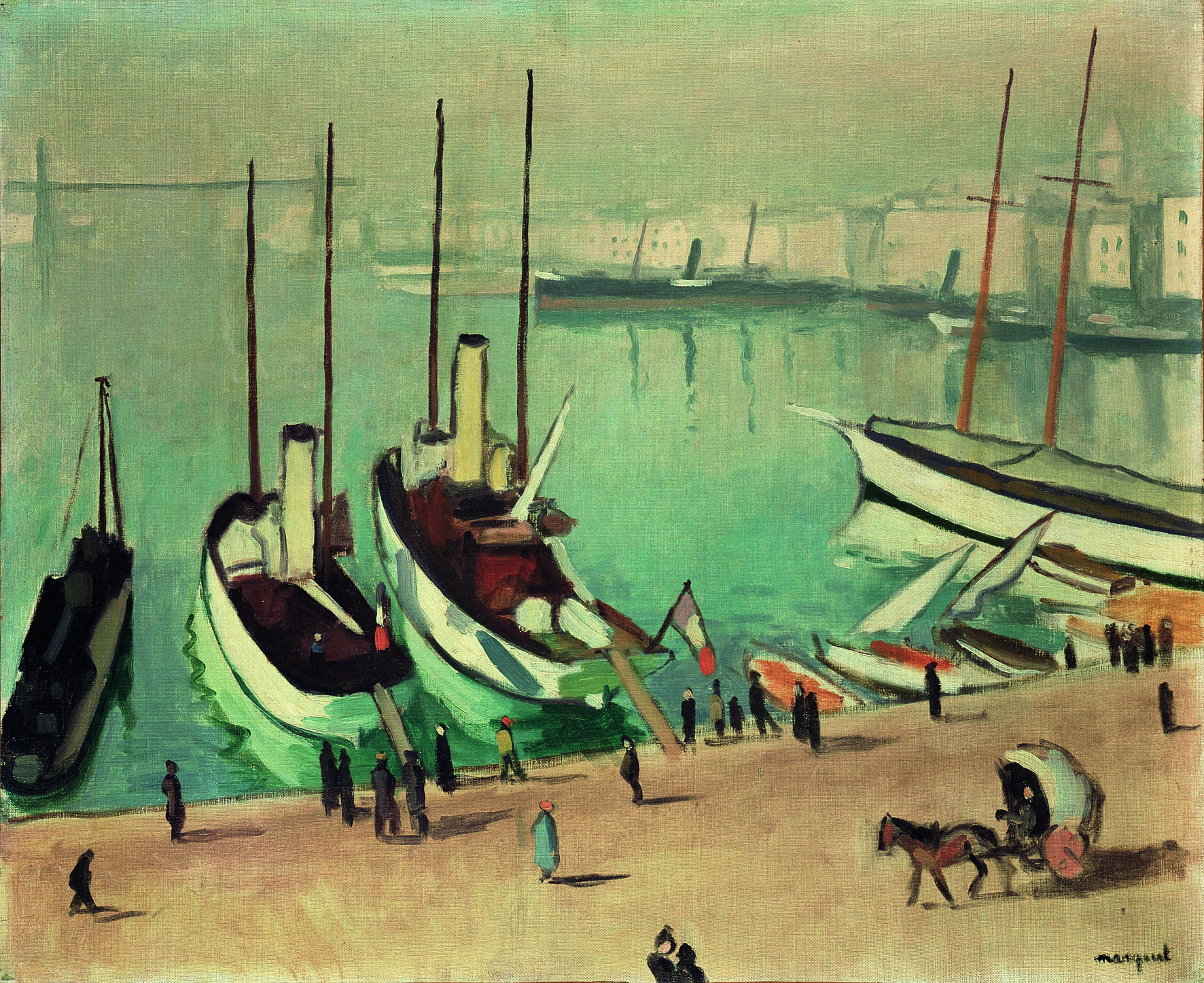
Albert Marquet, The Old Port at Marseille, 1917, Pompidou Center, Paris
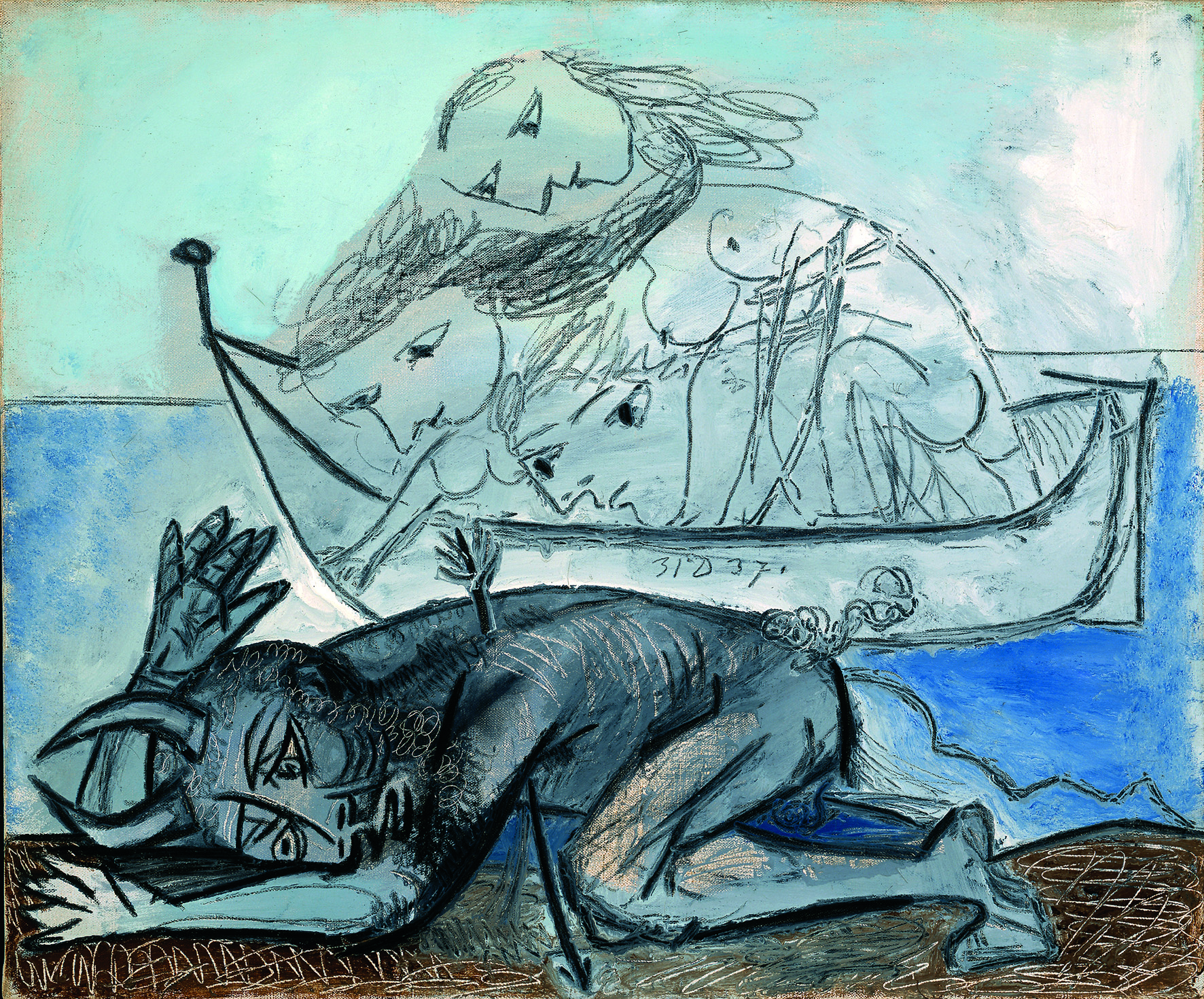
Pablo Picasso, The Naiads Boat and the Wounded Fawn, 1937, private collection
L'Atelier de Midi, as the current show is called, is an image story of the Midi, surely, and of the wistful remembrance my father had told me of an unrecoverable passage, but it is equally an epitaph for the century gone by.

